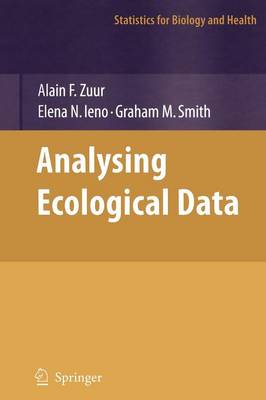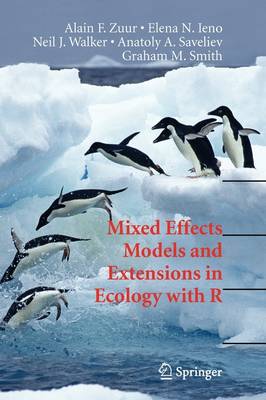Statistics for Biology and Health
2 total works
Analyzing Ecological Data
by Alain Zuur, Elena N. Ieno, and Graham M Smith
Published 11 February 2011
'Which test should I apply?' During the many years of working with ecologists, biologists and other environmental scientists, this is probably the question that the authors of this book hear the most often. The answer is always the same and along the lines of 'What are your underlying questions?', 'What do you want to show?'. The answers to these questions provide the starting point for a detailed discussion on the ecological background and purpose of the study. This then gives the basis for deciding on the most appropriate analytical approach. Therefore, a better start ing point for an ecologist is to avoid the phrase 'test' and think in terms of 'analy sis'. A test refers to something simple and unified that gives a clear answer in the form of a p-value: something rarely appropriate for ecological data. In practice, one has to apply a data exploration, check assumptions, validate the models, per haps apply a series of methods, and most importantly, interpret the results in terms of the underlying ecology and the ecological questions being investigated. Ecology is a quantitative science trying to answer difficult questions about the complex world we live in. Most ecologists are aware of these complexities, but few are fully equipped with the statistical sophistication and understanding to deal with them.
Mixed Effects Models and Extensions in Ecology with R
by Alain Zuur, Elena N. Ieno, Neil Walker, Anatoly A. Saveliev, and Graham M Smith
Published 12 March 2009
This book discusses advanced statistical methods that can be used to analyse ecological data. Most environmental collected data are measured repeatedly over time, or space and this requires the use of GLMM or GAMM methods. The book starts by revising regression, additive modelling, GAM and GLM, and then discusses dealing with spatial or temporal dependencies and nested data.

